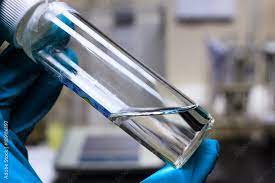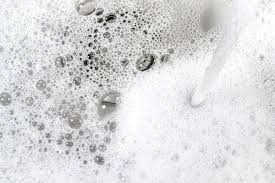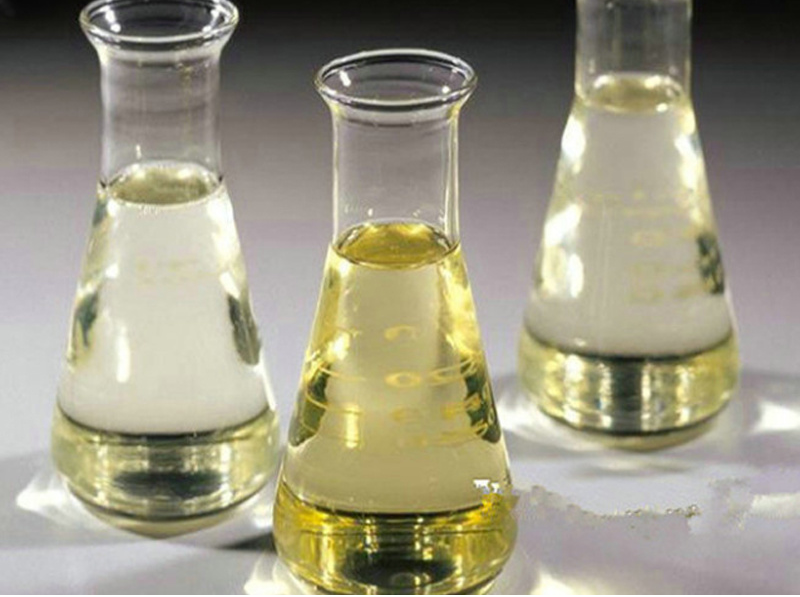The Secret Life of Surfactants: Tracking Down Their Birthplaces
(Where Is Surfactant Produced)
Surfactants. You probably don’t think about them much. Yet, these clever molecules are everywhere, working hard behind the scenes. They make your soap lather, your shampoo clean, and even help you breathe. Ever wonder where these multitasking marvels actually come from? Let’s uncover the surprising places surfactants are produced.
**1. What Are Surfactants? The Molecular Diplomats**
Think soap bubbles. Think grease vanishing down the drain. That’s surfactant magic. The name comes from “Surface Active Agents.” Their superpower is changing how surfaces behave, especially where different things meet – like oil and water, which famously don’t mix. Surfactant molecules have a split personality. One end loves water (hydrophilic). The other end hates water and loves oil or grease (hydrophobic). This dual nature lets them act like molecular diplomats. They stand at the boundary between oil and water. The hydrophobic tail buries itself in the oil. The hydrophilic head stays in the water. This reduces the surface tension. It breaks apart the oil into tiny droplets easily rinsed away. This fundamental action powers cleaning, foaming, wetting, and emulsifying across countless products. They are the unsung heroes making modern life cleaner and smoother.
**2. Why Surfactant Production Matters: Beyond Sudsy Water**
Knowing where surfactants come from isn’t just trivia. It matters a lot. First, our bodies make vital surfactants. Without them, breathing would be incredibly difficult, even impossible for newborns. Second, the industrial scale of surfactant production is massive. Billions of tons are made yearly. This impacts our environment, resource use, and global supply chains. How they are produced affects sustainability. Are they made from petrochemicals or renewable plants? The process influences the product’s final properties. Is it gentle enough for skin? Effective in cold water? Biodegradable? Understanding production helps us make better choices. It drives innovation towards greener, safer, and more efficient surfactants. It connects the hidden origins to the products we use daily.
**3. How Surfactants Are Made: Nature’s Labs and Chemical Factories**
So, where does surfactant production happen? The answer is two-fold: inside living things and inside huge industrial plants.
* **Nature’s Factories (Biological Production):** Life itself is a master surfactant producer. Inside our own bodies, specialized cells in the lungs called type II alveolar cells work constantly. They synthesize pulmonary surfactant. This crucial mixture of lipids and proteins coats the tiny air sacs (alveoli). It lowers surface tension dramatically. This prevents the sacs from collapsing every time we breathe out. Without it, breathing requires enormous effort. Premature babies often struggle because their surfactant production isn’t fully online yet. Other organisms produce surfactants too. Some bacteria make them to help move through soil or break down oils. Plants might produce surfactant-like substances for various functions. Nature has been perfecting this chemistry for eons.
* **Human Factories (Industrial Synthesis):** This is where the vast majority of surfactants we encounter daily come from. Large chemical plants around the world whirr away. The recipes vary, but the core process involves carefully controlled chemical reactions. Common starting materials are fats, oils (like coconut or palm oil), or petroleum derivatives. These raw materials undergo processes like sulfonation, ethoxylation, or quaternization. Chemists attach different water-loving head groups to the oil-loving tails. This creates different surfactant types: anionic (like in laundry detergents), cationic (in fabric softeners), nonionic (gentler, in dish soap), and amphoteric (in personal care). The goal is consistent quality, high performance, and safety at massive scales.
**4. Surfactant Applications: Where the Magic Touches Life**
The journey from production lab to your home is fascinating. Surfactants touch almost every aspect of modern living:
* **Cleaning Powerhouses:** This is their biggest role. Laundry detergents, dish soaps, household cleaners, industrial degreasers – they all rely heavily on surfactants to lift dirt and grease.
* **Personal Care Essentials:** Shampoos, body washes, facial cleansers, toothpaste, and shaving cream all use surfactants for cleansing and foaming. Gentle surfactants are key here.
* **Health & Medicine:** Beyond lung surfactant for breathing, surfactants are used in drug delivery systems. They help medicines dissolve better. They are used in some vaccines and diagnostic tests.
* **Food Industry:** Surfactants act as emulsifiers in foods like mayonnaise, ice cream, and chocolate. They keep ingredients smoothly mixed and improve texture.
* **Agriculture:** They help pesticides and herbicides spread evenly and stick to plant surfaces. This makes them more effective.
* **Paints & Coatings:** Surfactants help pigments mix evenly in liquids. They ensure paint spreads smoothly and adheres well to surfaces.
* **Textiles & Leather:** Used in processing fibers, dyeing fabrics, and finishing leather goods.
* **Oil Industry:** Crucial for enhanced oil recovery. They help loosen oil trapped in rock formations. They are also used to break up oil spills.
**5. Surfactant FAQs: Your Burning Questions Answered**
* **Are all surfactants synthetic?** No. Our bodies make natural surfactants essential for life (pulmonary surfactant). Some cleaning products use surfactants derived directly from plants (like soap nuts). However, most surfactants in commercial products are synthetically produced, even if they start with natural oils.
* **Is surfactant production bad for the environment?** It depends. Traditional surfactants from petrochemicals can be slow to break down. Production uses energy and resources. The industry is moving towards “green surfactants.” These are made from renewable sources (like sugar or corn). They are designed to biodegrade quickly and completely. Using concentrated formulas reduces packaging and transport emissions.
* **Why is surfactant important for babies?** Premature babies often lack sufficient pulmonary surfactant. This causes Respiratory Distress Syndrome (RDS). It makes breathing extremely hard. Medical surfactants, often derived from animal lungs, are lifesaving treatments. They are administered directly into the baby’s airways.
* **What’s the difference between soap and surfactant?** Soap is a specific type of surfactant. It’s made traditionally by reacting fats/oils with an alkali. “Surfactant” is the broader scientific term. It includes soaps and all the many other synthetic and natural molecules with similar surface-active properties. Modern detergents usually use synthetic surfactants instead of traditional soap. They often work better in hard water.
(Where Is Surfactant Produced)
* **Can surfactants irritate skin?** Yes, some can. Stronger surfactants, especially anionic ones, can strip away natural skin oils. This leads to dryness and irritation. Personal care products usually use milder surfactants (nonionic, amphoteric) or blend them. They aim for effective cleansing without excessive harshness. If you have sensitive skin, look for products labeled as gentle or sulfate-free.
Inquiry us
if you want to want to know more, please feel free to contact us. (nanotrun@yahoo.com)




